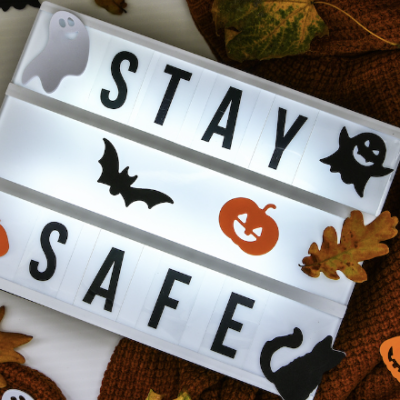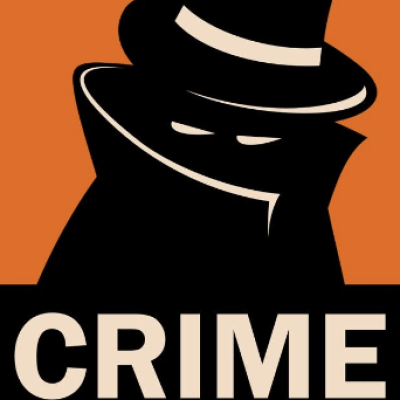The Do's and Don'ts of Extension Cords
Monday, February 26, 2024 Shana Watson

Extension cords are lifesavers when it comes to powering our devices and appliances from a distance. However, their misuse can lead to hazards ranging from electrical fires to tripping hazards. To ensure safety and efficiency, here's a comprehensive list of do's and don'ts when it comes to using extension cords.
Do’s:
1. Inspect Regularly: Before each use, check the extension cord for any signs of damage such as fraying, cuts, or exposed wires. Discard any cords that show signs of wear and tear.
2. Choose the Right Cord: Select an extension cord with the appropriate length and gauge for your needs. Longer distances and higher power requirements necessitate thicker cords to prevent overheating.
3. Use Outdoor Rated Cords Outside: If you're running power outdoors, always use extension cords specifically designed for outdoor use. These cords are built to withstand weather elements like rain and snow.
4. Unplug Safely: When disconnecting an extension cord, pull the plug itself rather than the cord to prevent damage to the cord and the outlet.
5. Store Properly: Coil the extension cord loosely and store it in a dry, cool place to prevent tangling and damage.
6. Keep Clear of Traffic Areas: Position extension cords away from high traffic areas to prevent tripping hazards. Secure cords to the ground using clips or covers where necessary.
7. Use GFCI Outlets: When using extension cords outdoors or in damp environments, plug them into ground fault circuit interrupter (GFCI) outlets to protect against electric shock.
8. Inspect Wattage Ratings: Ensure the wattage rating of your devices does not exceed the capacity of the extension cord to prevent overheating and potential fire hazards.
Don’ts:
1. Don’t Overload: Avoid plugging too many devices into a single extension cord. Overloading can cause overheating and fire hazards.
2. Don’t Run Cords Under Carpets: Running extension cords under carpets can lead to overheating and fire hazards. Instead, use cord protectors to cover cords that must cross walkways.
3. Don’t Modify Cords: Never alter extension cords by removing the grounding prong or using them with adapters. This compromises safety and increases the risk of electric shock.
4. Don’t Use Damaged Cords: Using extension cords with exposed wires or damage increases the risk of electric shock and fire. Always replace damaged cords promptly.
5. Don’t Exceed Length Limits: Stick to the recommended length limits for extension cords to maintain proper voltage and prevent voltage drop, which can damage connected devices.
6. Don’t Use Indoors Cords Outdoors: Indoor extension cords lack the insulation and weather resistance needed for outdoor use. Always use cords rated for outdoor use when powering devices outside.
7. Don’t Plug Space Heaters into Extension Cords: Space heaters should always be plugged directly into a wall outlet to prevent overheating and fire hazards.
8. Don’t Leave Cords Under Strain:*Avoid placing heavy objects on extension cords or pinching them in doors or windows, as this can cause damage and create fire hazards.
By following these simple do’s and don’ts, you can ensure the safe and effective use of extension cords in your home or workplace, protecting both yourself and your property from potential hazards. Always prioritize safety first when working with electricity.




